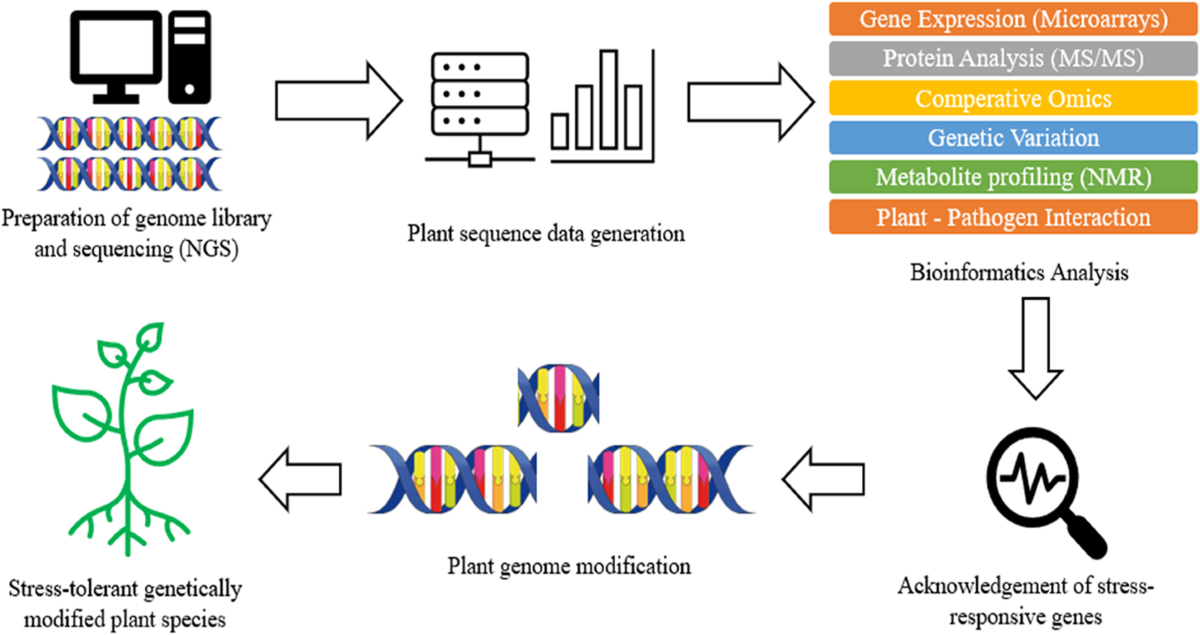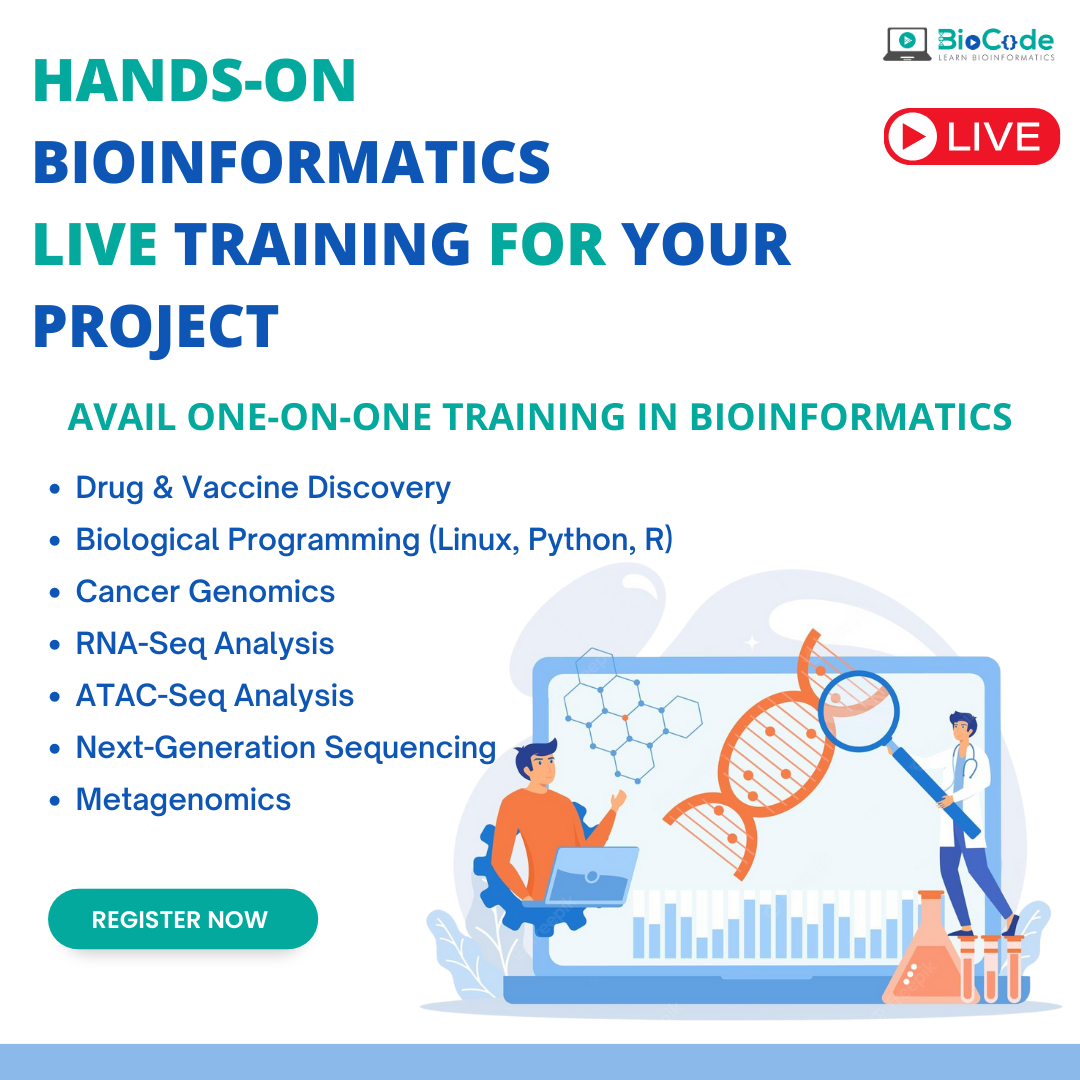The Main Principles Of Bioinformatics Tutor
The Main Principles Of Bioinformatics Tutor
Blog Article
The Greatest Guide To Bioinformatics Tutor
Table of ContentsSee This Report on Bioinformatics TutorAn Unbiased View of Bioinformatics TutorAll About Bioinformatics TutorLittle Known Questions About Bioinformatics Tutor.What Does Bioinformatics Tutor Mean?
Preliminary task growth is fairly lengthy, as it entails careful preparation of the subject, structuring of deliverables, and factor to consider of the skills and experience levels of individuals. However, once a project has been clearly specified and applied, it has the potential to be reused in future sessions with only small modifications to mirror updates in the field or suit differences in individual backgrounds. This makes project-based finding out a sustainable and effective teaching strategy in the long run, especially in swiftly advancing disciplines like bioinformatics.To ensure continuity and reproducibility of learning, offering common lab note pads-- either digital or physical-- is critical. These note pads work as collaborative logs where trainees can tape their progress, code, techniques, and results throughout the program. Not just do they enhance understanding by motivating documents and representation, but they likewise act as post-course reference products that participants can consult in future study or academic jobs.
Advisors play a vital function in the success of project-based courses. Mentors also act as role versions and influence students to continue pursuing jobs in computational biology and related areas.
Some Of Bioinformatics Tutor
One more trick facet of the discovering process is supplying participants the opportunity to present their job to others, specifically to an audience beyond their prompt task group. Final presentations or mini-conferences enable trainees to express their searchings for, get useful comments, and gain self-confidence in communicating scientific web content. This presentation component is commonly a preferred among students, as it confirms their efforts and highlights the real-world relevance of their work.
The efficiency of this method was shown by the overwhelmingly positive comments gotten after the first program was supplied. The success triggered repeat offerings of the exact same program layout in 2015 and 2016. Each version of the program was fine-tuned based on participant responses and developing ideal methods in rearing. These adaptations ensured that the core objectives-- hands-on discovering, partnership, and applied analytic-- continued to be undamaged while broadening the deepness and breadth of subjects covered.
A remarkable visualization that recorded individual belief was a word cloud produced from feedbacks to the 2014 end-of-course survey. This aesthetic responses enhanced the program's focus on experiential understanding and advisor assistance.
The contributions of people such as Rustici, G., Orchard, S., Cowley, A., and Twells, R., together with other members of the EBI user-training-working group, were crucial in fine-tuning the program framework and material. Their understandings helped form a comprehensive and versatile model that can be adjusted to different institutional and local contexts.
Some Known Questions About Bioinformatics Tutor.

Jones, Rasmussen, and Moffitt (1997) also advocated for interdisciplinary learning via collective task job, noting its ability to mimic specialist atmospheres and prepare pupils for future scholastic or industry roles. In a thorough testimonial, Thomas (2000) assessed numerous researches on PBL and wrapped up that trainees not only carry out well academically yet additionally additional hints create a much deeper understanding of the subject matter and enhanced teamwork skills.
In the context of bioinformatics education and learning, innovative strategies like classroom video games and simulation-based training have also been utilized. Schneider and Jimenez (2013) introduced the use of interactive games to show biological information combination, allowing pupils to grasp complicated ideas through experiential discovering. This sort of gamification matches the hands-on understanding highlighted in project-based courses by presenting an element of enjoyable and competition, which can better enhance involvement.
Going back to the program gone over below, the lessons learned from the implementation of project-based understanding in a bioinformatics establishing have wider implications for various other STEM areas. The methodology emphasizes not simply technical efficiency, but additionally communication, cooperation, and critical thinking-- skills that are increasingly valued in both academic community and industry.
Not known Factual Statements About Bioinformatics Tutor
The scalability of the training course layout likewise makes it a sensible model for other institutions. With proper modification based upon neighborhood requirements, available resources, and participant profiles, the framework can be reproduced or adjusted for use in various other scientific domain names. Furthermore, the incorporation of organized mentorship and analysis approaches aids make sure consistent top quality and measurable learning outcomes.

In final thought, project-based understanding in bioinformatics supplies an effective approach to mentor complex, interdisciplinary web content in such a way that is both available and intellectually boosting. By emphasizing cooperation, functional application, and important inquiry, such efforts not just improve specific understanding but also add to the farming of a new generation of competent and ingenious scientists.
Indicators on Bioinformatics Tutor You Need To Know

Another key aspect of the discovering procedure is providing individuals the opportunity to provide their job to others, particularly to an audience beyond their immediate project team.In the broader educational literature, project-based learning (PBL) has actually been extensively studied and confirmed as a reliable method for advertising deep understanding, essential reasoning, and transferable abilities. Adderley et al. (1975) emphasized the value of project approaches in higher education, keeping in mind that they imp source advertise energetic knowing and freedom. Schneider and Jimenez (2013) introduced the usage of interactive games to instruct organic information assimilation, enabling pupils to understand intricate ideas through experiential knowing.
Report this page